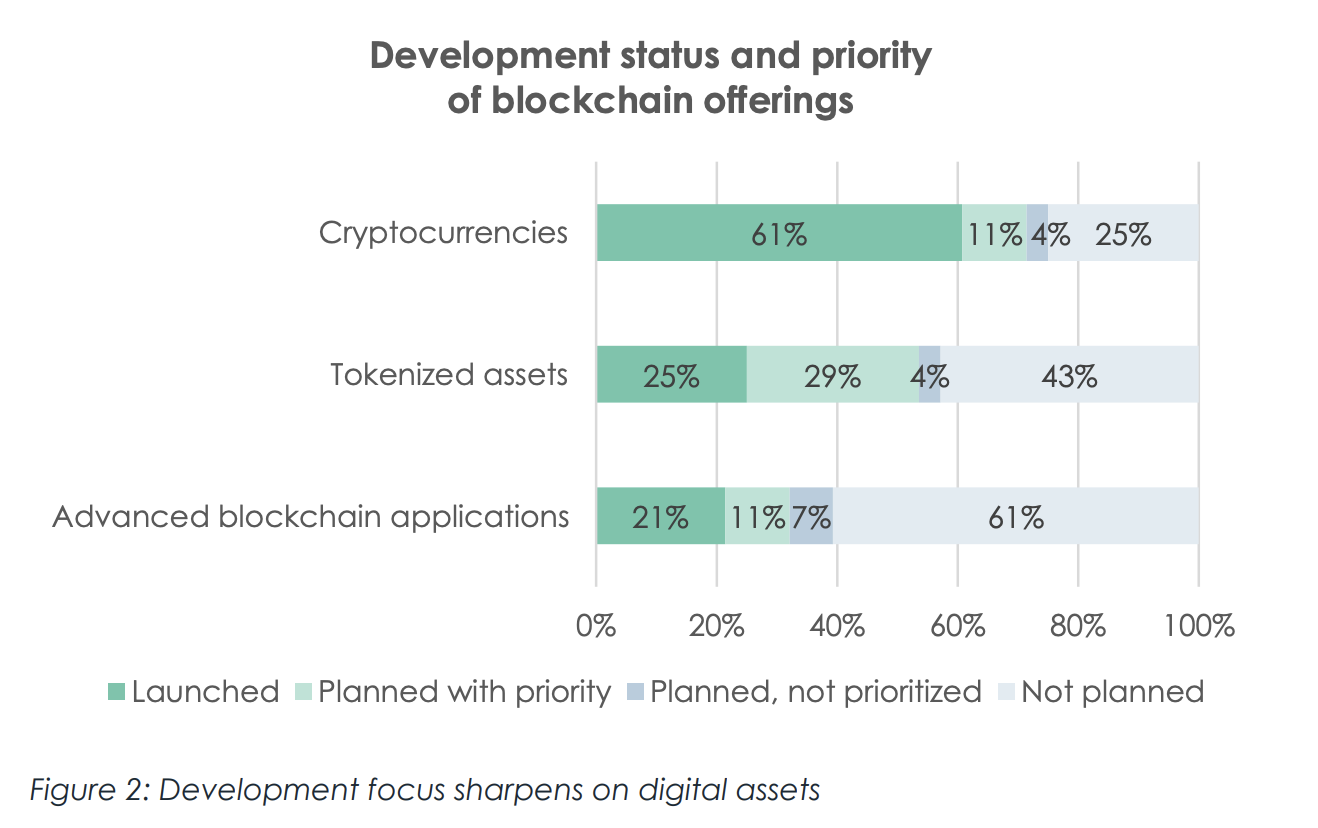| Somewhere in the mountains near Switzerland’s Lake Lucerne lies a hidden underground vault containing a vast fortune.
It’s no ordinary vault, according to Quartz. Built inside a decommissioned Swiss military bunker dug into a granite mountain, it’s precise location is a closely guarded secret, and access is limited by myriad security precautions. But instead of gold bars, the bunker contains hard drives on which customers’ bitcoins are being kept in what’s call “cold storage” – i.e. the owners’ private keys are protected by an air-gapped hard drive. The vault is one of many operated by Xapo, an early bitcoin company known for its cold storage wallet products and a debit card that pays for transactions in digital currencies. |
|
| The company won’t disclose how much bitcoin is stored in the vault, but one employee who spoke with Quartz said he sometimes takes customers with millions of dollars in bitcoin on tours of the vaults where their fortune is stored. Xapo was founded by Argentinian entrepreneur and current CEO Wences Casares, whom Quartz describes as “patient zero” of bitcoin among Silicon Valley’s elite. Cesares reportedly gave Bill Gates and Reed Hoffman their first bitcoins. | |
| As Quartz explains, the bitcoin vault doesn’t store actual bitcoin units. Instead, what’s being stored are the owners’ private cryptographic keys that allow the owner to access and transfer his or her bitcoins by matching the key with a public key that’s used to identify the coin on the blockchain. Gaining unauthorized access to someone’s private keys is akin to making off with a gold bar. | |
| The inexorable rise in bitcoin’s valuation has been marred by notable hacking incidents like the collapse of Mt. Gox, which ushered in the longest bear market in bitcoin’s history. Security fears appear to have subsided as bitcoin’s price has soared to all-time highs, but incidents like the collapse of the DAO have inspired investors with substantial bitcoin wealth to look into protecting it.
To store the coins, Xapos contracts Deltalis, the company that technically operates the 10,000-square-foot data-center that now inhabits the decommissioned bunker.
|
|
To enter Xapo’s private vault in the Deltalis data center, visitors must endure an exhausting series of security procedures.
Security is similarly tight inside the vault. Nobody is allowed the enter the “cold room” where the bitcoins are stored on air-gapped hard drives. To protect against an electromagnetic pulse attack, the cold room is equipped with a Faraday cage, a type of barrier meant to block electromagnetic fields.
Of course, all the security measures in the world can’t protect investors from a sudden plunge in the bitcoin price. However, the digital currency’s indomitable – for now – performance has silenced at least one of its most prominent critics. Then said, unlike precious metal specie, one carefully targeted EMP would be all it takes to sever the ownership chain for a long, long time. Still, with the digital currency recently reaching yet another record high, despite relentless jawboning and rhetoric by everyone from Jamie Dimon to central bankers to China, we can only imagine the business of protecting bitcoin fortunes is set to boom. |
Full story here Are you the author? Previous post See more for Next post
Tags: Alternative currencies,Bear Market,Bill Gates,Bitcoin,Blockchains,China,Cryptocurrencies,Jamie Dimon,money,newslettersent,Switzerland




































